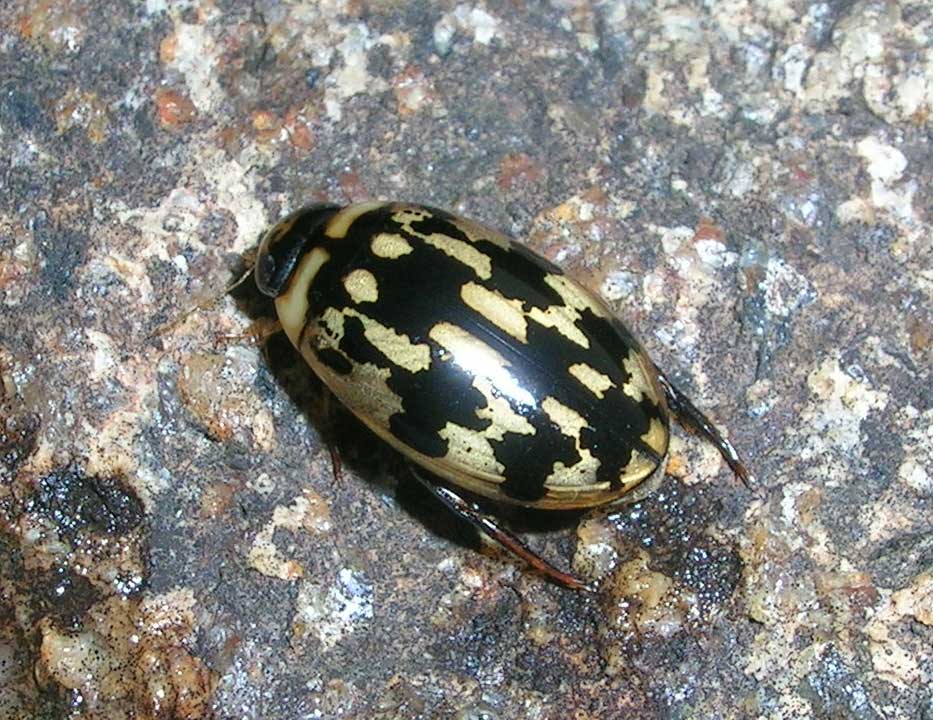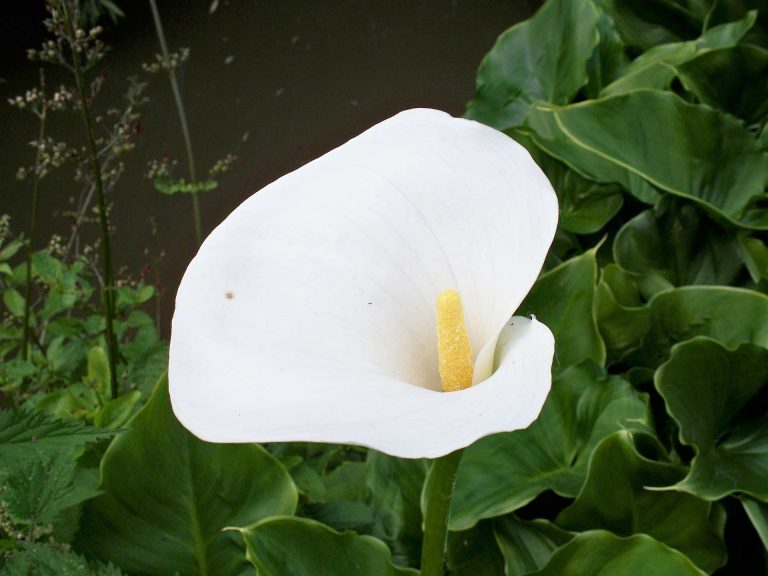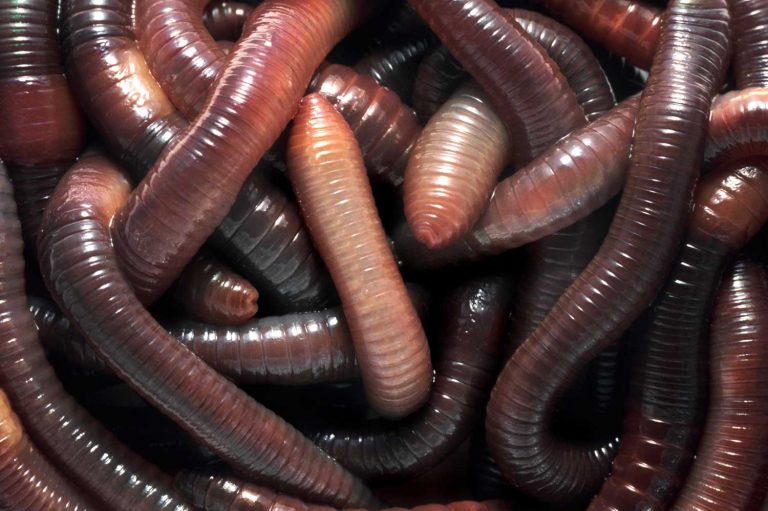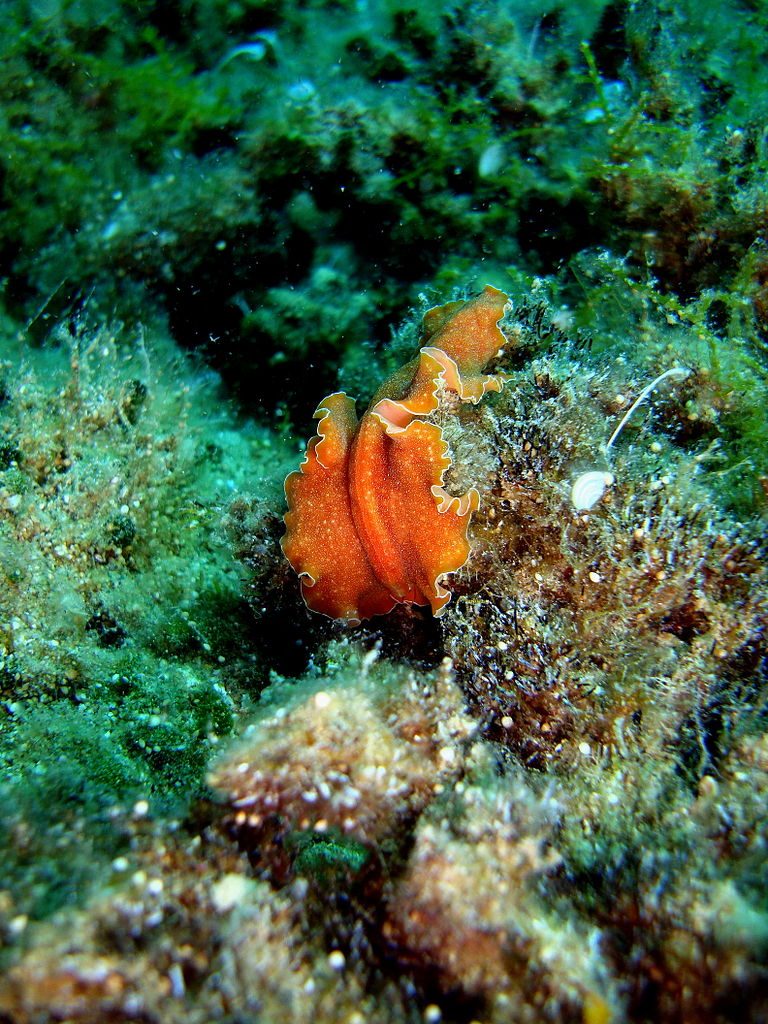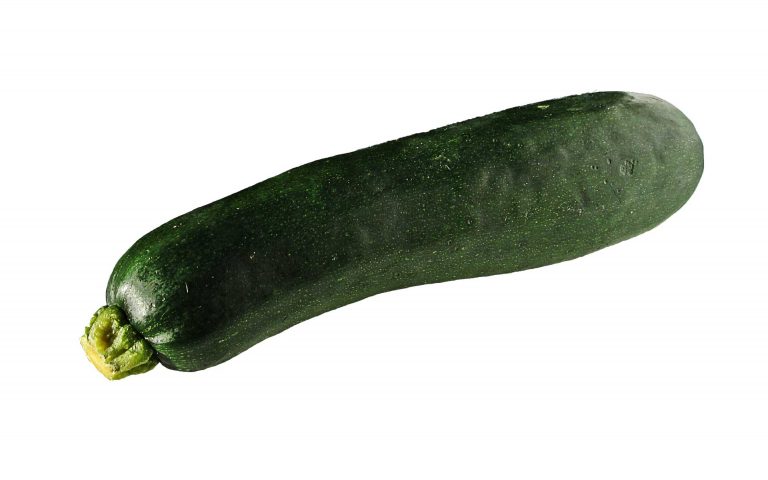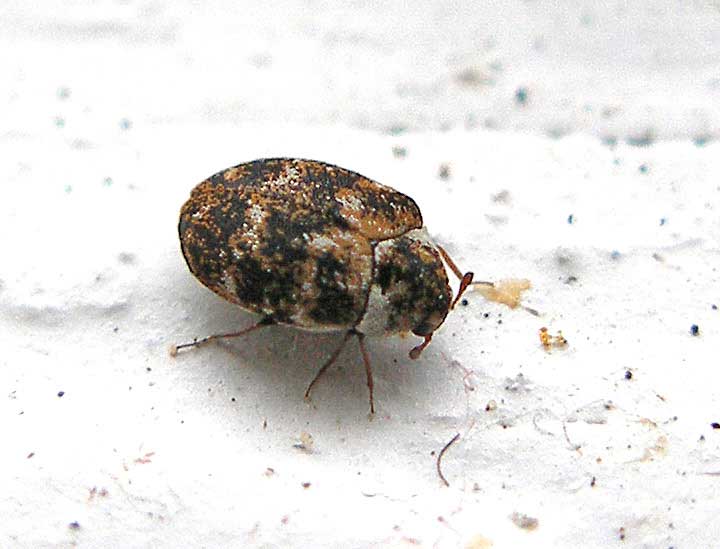Diving Beetles
Scientific Classification
| Kingdom: | Animalia |
| Phylum: | Arthropoda (Arthropods) |
| Subphylum: | Hexapoda (Hexapods) |
| Class: | Insecta (Insects) |
| Order: | Coleoptera (Beetles) |
| Suborder: | Adephaga (Ground and Water Beetles) |
| Family: | Dytiscidae (Predaceous Diving Beetles) |
Predacious Diving Beetles are included in a family of beetles, Dytiscidae, that are adjusted to living in water at any phase of their life cycle. In Greek, the term means “able to dive”. Though their family is likely to have around 4000 categories in about 160 classes, it has not been completely documented since 1920.
Dytiscus Latissimus
Normally, their length will be about 25mm but the biggest one in the family, Dytiscus Latissimus, may measure up to 45mm. They can be seen in a variety of shades like dark brown, black or dark olive along with golden foreground. Their jaws are small but pointed and powerful as related to the size of their body and they release the fluid instantly on piercing. The larvae are termed are “water tigers”.
Physical Structure
The biggest beetle that can live in water is The Great Diving Beetle (Dytiscus Marginalis) which are endemic to Europe and Northern Asia. As the name suggests, they are massive beetles. The larva measures around 60mm and that of the matured ones ranges between 27 – 35mm.
The diving Beetles exist in fresh water having flora in it. They stand motionless or may move in a gradual pace. Their posterior part as well as elytra is darkly shaded and their belly and limbs are yellow colored. The elytra of males will glitter whereas that of females will have a delicate and elegant cut in it. As a hungry carnivore, they have different targets of attack inclusive of tiny fish. In order to get a safe clamping during copulation and also on hunting, the males are provided with a number of suction cups in the initial pairs of their limbs.
They can fly, most probably in the night. They find out the places having water with the help of the rebounding moonlight, but often this technique misleads them to anchor on moist pathways or hard areas. They accumulate bubbles of air in their elytra before plunging into the water.
Wheel of Life
In the life of a female beetle, they may lay a number of eggs ranging from various dozens to thousands. They place these ovums in an underlying layer that may serve as food to the larvae. In the middle of others, they can be placed unconstrained in the substrate like Flour Beetles do, or in a mass of foliage just as the Colorado Potato Beetles do, or separately fastened like that of Mungbean Beetles, or concealed midway as the Carrot Weevils do.
The way of rearing offspring differs according to the groups. Some of them place the ovum under some foliage whereas some other beetles, like Scarab beetles, build certain structures beneath the earth and provide the necessary food for the larvae. Another category of beetles is termed as “leaf rollers”, as they nibble some parts of the foliage and help it to coil inside. Thus, they get a shelter for placing the eggs.
Breeding
Diving Beetles are associated with the Superorder Endopterygota. They, subsequently, undergo total transformation. The beetle traverse through four major phases in the conventional style of their conversion, namely, the ovum, the larva, the pupa, and the matured beetle. The larva and pupa are referred to as “grubs” and “chrysalis” respectively. On approaching the last stage of development, the larva builds a protective shield in which the pupa stays in a confined manner. A few representatives of the beetle family like Meloidae and Ripiphoridae move outside the limits of total transformation and become subject to hyper metamorphosis in which the initial Instar gets the shape of a triungulin (Merriam-Webster Larvae that later development becomes legless and parasitic).
Manner of Conduct
Beetles occurring in water utilize a variety of methods in order to hold on the breathing under the water. While plunging into the water, the Dytiscidae beetles intake the necessary air and keep it in the midst of their belly and the wing case. In Hydrophilidae beetles, the air is stored in tiers with the help of hairs beneath their body. Fully grown up water beetles that move very slowly, makes use of their wing case as well as the bottom part of their posterior legs to keep the air, whereas the Whirligig beetles always move along easily with an air bubble.
The wing cases of beetles as well as weevils help them to fly and to proceed over enclosed areas. When they are not flying, they bend their fragile wings beneath the case and unfold it just ahead of flying. The curling and reverse movement of the organs of flight is executed with the help of muscles attached to the elytra.
Providing Nourishment
As these beetles are of various types and occur in large numbers, they can access different kinds of nourishments that are available in their habitat. A few of them consume all kinds of flora and fauna while others are very specific about their diet. Some groups of beetles like the Leaf beetles, Longhorn beetles, and weevils eat only a particular category of plants. On the other hand, Staphylinidae beetles are mainly meat eating ones and may eat different arthropods and tiny creatures like earthworms and snails. Though the greediest beetles are competent in several fields, some types of beetles are much more particular on the choices of their prey.
The major food source for different species of beetles is the rotting remains of plants or animals. For instance, dung is eaten by Coprophagous beetles; the remains of lifeless animals are taken in by necrophagous beetles.
As a Destructive Force
Many of the beetle categories, around 75%, feed on plants in the two phases of their development – the larva and matured ones. They reside on vegetation, timbers, fungi, and also on different stored items involving cereals, tobacco and the fruits to which are desiccated. As most of the plants in which they live have a vital role in crop production and management of the forests, these beetles can be thought out as destroyers. A few of them, like the Boll Weevil, create serious destruction as they eat the shoots and blossoms of cotton. It has made a wide range of destruction to the cotton cultivation in the United States. They are continuing as the most devastating cotton destroyer in North America.
Our articles are free for you to copy and distribute. Make sure to give www.learnaboutnature.com credit for the article.

Having discovered a fondness for insects while pursuing her degree in Biology, Randi Jones was quite bugged to know that people usually dismissed these little creatures as “creepy-crawlies”.

